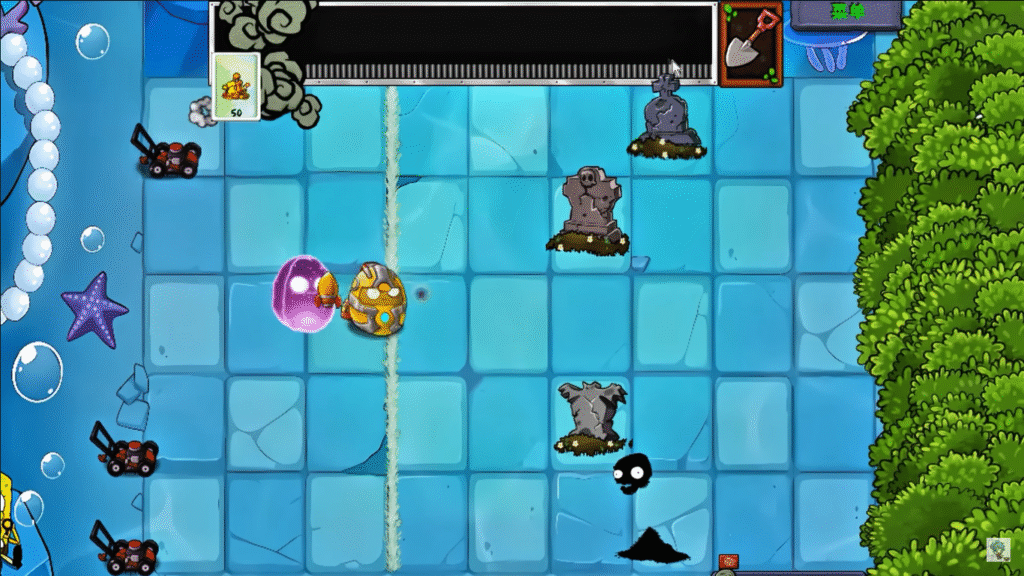Download

The Artistic Evolution of Plants vs. Zombies – Dragon Palace Mod
In the realm of fan-made video game modifications, few stand out as both imaginative and technically refined. Plants vs. Zombies: Dragon Palace is one such rare creation. It is not merely a graphical reskin or a tweak of PopCap’s original Plants vs. Zombies—it is a reinterpretation that bridges game design with cultural storytelling. Drawing inspiration from East Asian mythology, Dragon Palace offers players a new narrative space, a novel aesthetic, and fresh strategic challenges, all while respecting the core mechanics that made the original game iconic.
Cultural Reimagination Through Game Design
At the heart of Dragon Palace is its ambitious world-building. Instead of defending a lawn or rooftop, players now protect a mythical underwater realm that resembles the legendary Dragon King’s palace—a motif prominent in Chinese folklore. This recontextualization transforms the familiar PvZ formula into a fantasy strategy game where players face enemies rooted in ancient tales rather than generic undead figures.
The game’s visual language reinforces this theme: backgrounds feature aquatic temples, glowing coral reefs, and ornate architecture inspired by classical Chinese art. Zombie designs reflect legendary creatures and imperial warriors, while the plants—redesigned as spiritual guardians or elemental forces—mirror the elegance and symbolism of traditional Eastern iconography.
Strategic Depth Beyond the Surface
Gameplay in Dragon Palace is not a simple repaint of the original. New zombie types possess advanced behaviors: teleportation, stealth, summoning, and immunity phases, which force players to rethink positioning and timing. In response, the plant units are more specialized, often tied to elements like fire, water, or wind, and require players to synergize abilities more deliberately than in the base game.
Level design is also more demanding. Environmental hazards, limited sun production, and complex wave patterns push the player’s strategic thinking. Boss fights are crafted to feel cinematic and tactical, often demanding real-time adaptation rather than static planning. For seasoned players, Dragon Palace provides a level of complexity rarely seen in casual tower defense games.
The Unofficial Yet Essential Role of Fan Mods
As an unofficial mod, Dragon Palace exists outside the mainstream gaming industry. Yet, it represents something powerful: the capacity of fans to meaningfully expand and transform beloved IPs. Modders behind this edition demonstrate not only technical skill but a deep understanding of the PvZ formula—its balance, its pacing, its humor—and the courage to bend it toward something more mythic and experimental.
The community around the mod keeps it alive through patches, translations, and discussion. In many cases, these players are not passive consumers but co-creators. Their feedback shapes future versions. Their enthusiasm spreads the game to new audiences. Dragon Palace, then, is not just a fan project—it is a form of participatory art.
Conclusion: A Myth Reborn in Code
Plants vs. Zombies: Dragon Palace proves that even a casual mobile game can evolve into something culturally rich and artistically ambitious when placed in the hands of a creative community. By weaving folklore into gameplay, and challenging players with innovative mechanics, it elevates what a tower defense game can be. Though unofficial, it stands as a tribute to the enduring influence of Plants vs. Zombies, and as a testament to what happens when fans are allowed to dream beyond the code.

